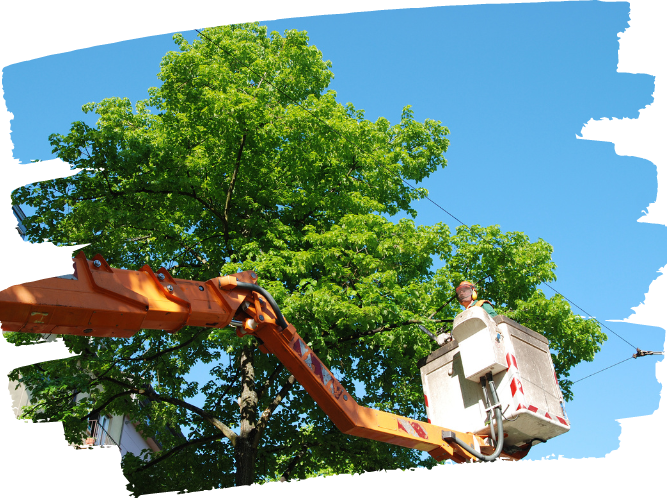Recognizing the need for tree removal often involves a few key signs: noticeable decay, large dead branches, a leaning trunk, or roots that are causing structural damage. If you're unsure, it's always best to consult with a professional like us to assess the tree's health and determine the best course of action.
Tree Removal in Asbury Park, NJ
At Asbury Park Tree Service, we prioritize the safety and aesthetics of our community. Trees, while beautiful, sometimes need removal for various reasons. Our team is equipped with the expertise to handle tree removal efficiently and professionally. Beyond removal, we also focus on future landscaping possibilities, ensuring every space is optimized for beauty and function. Our commitment is to the residents of Asbury Park, ensuring top-notch service for every project. If you have concerns or need tree services, reach out to us at (848) 217-5320. We're here to assist and ensure a greener Asbury Park.
Find Out More
